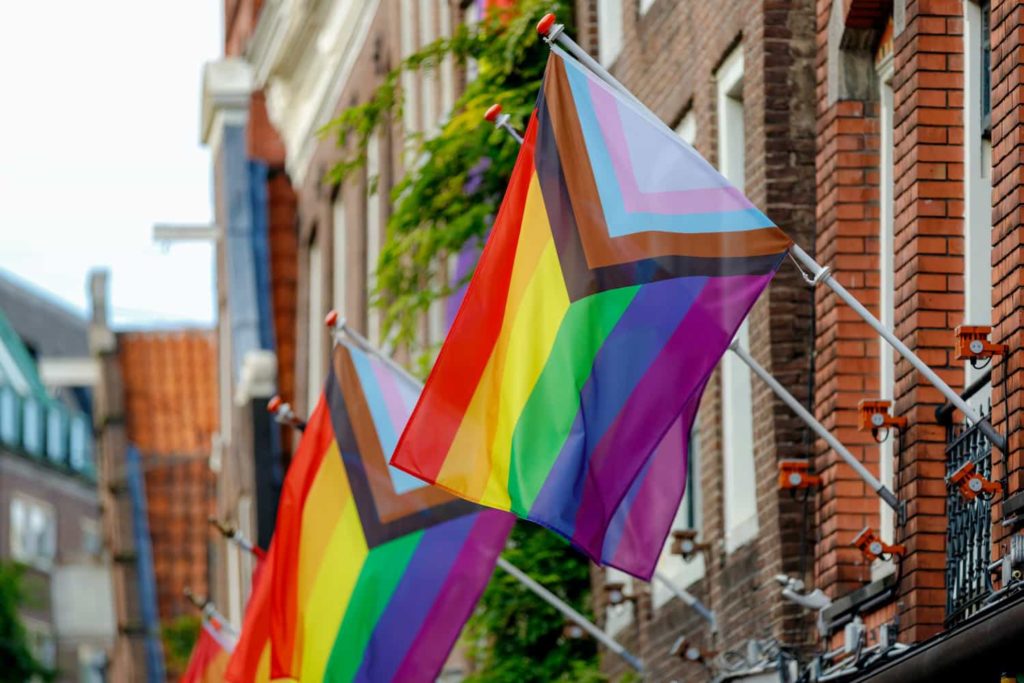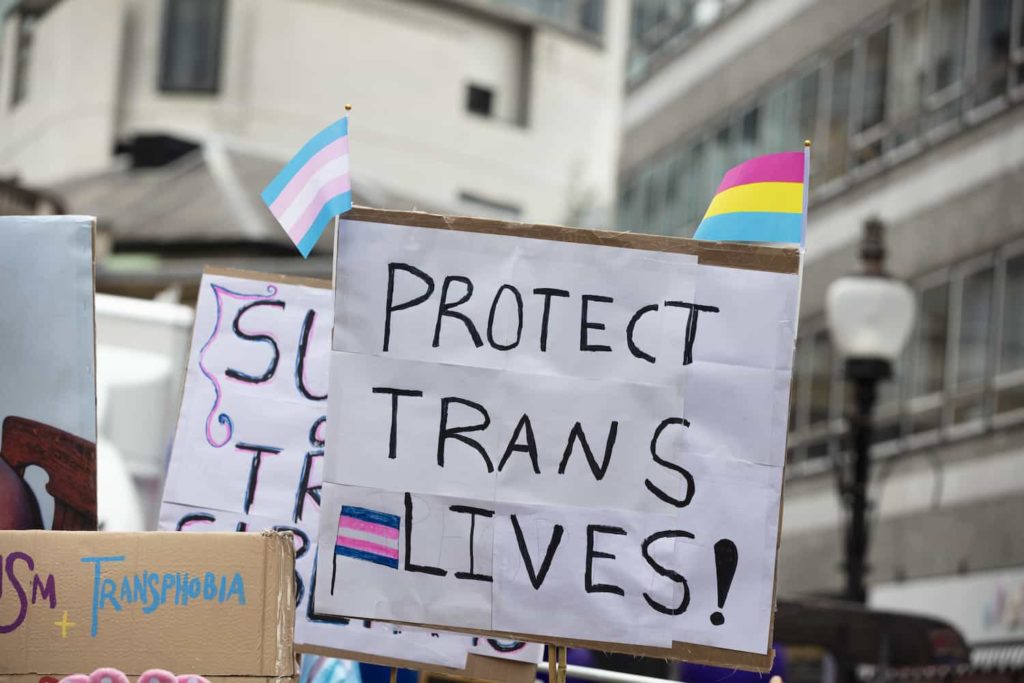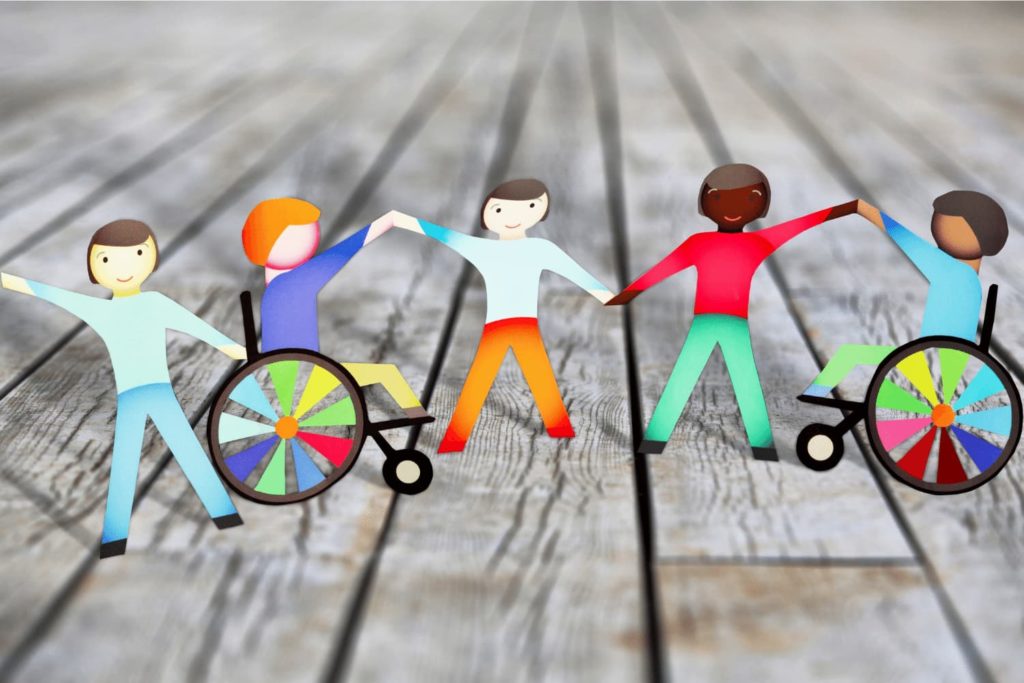
A More Creative Pride
June is LGBTQ Pride, a month to recognize the various identities within the community and commemorate their contributions to society. Pride events began as protests but they are increasingly a time for celebration. As Pride festivities become more mainstream and corporatized, the events run the risk of becoming less creative. In this piece, I briefly explore the history of Pride and then examine how the creativity of these festivities may be in danger. The goal of the post is to offer ways of infusing your personal celebration of Pride with more creativity, whether you identify as LGBTQ, are a friend or family member, or are an ally who wants to help celebrate the entire community.
A Short History of Pride
While there have always been people with identities and sexualities that fall outside of the societal norm, contemporary Pride celebrations trace their roots to the Stonewall Uprising of 1969. On June 28 of that year, the police raided the Stonewall Inn, a gay club on Christopher Street in the Greenwich Village neighborhood of New York City. The incident incited six days of protests and is seen as one of the catalysts for what was then called the Gay Rights Movement. Within a few years of the original incident, protests and marches began to spring up in other cities around the United States and in other countries on the anniversary of the Stonewall Uprising.
Today, these events are much changed from their origins. While there remains an element of protest and struggle for the rights of the community, these festivities have increasingly become synonymous with colorful carnivals and parades. Corporations have recognized the purchasing power of the LGBTQ community and have begun to sponsor Pride events, especially in larger cities. The celebrations have multiplied, and participation has grown exponentially.

The community itself has also become more diverse and the terminology has changed. “Gay” is no longer considered an overarching term for everyone in the community. Different permutations of the acronym LGBTQ (Lesbian, Gay, Bi-Sexual, Transgender, and Queer) are used as umbrella terms to designate the various identities included in the community. The last few decades have also seen increased attention to the ways that sexualities and gender identities intersect with other categories, such as race, ethnicity, class, immigration status, etc. Pride can no longer be reduced to a single identity. If there is so much diversity within the community, as well as increasing support from society at large, then why is there a danger of losing creativity in our Pride celebrations?
Acceptance and Fragmentation
The good news is that the culture at large has become more accepting of LGBTQ people. This doesn’t mean that the struggle for full acceptance is over, as the recent uptick in proposed laws limiting the freedoms of transgender people demonstrates. Despite continued obstacles, the overall situation regarding legal rights and social acknowledgement of LGBTQ people in many countries has improved.

With acceptance has come a certain amount of “maintstreaming” of Pride festivities. Pride had previously been a celebration of social outsiders and individuality; it has increasingly become a spotlight for the most commercial aspects of the community. While I personally love rainbow flags, colorful parades, and drag shows, there is certainly more to be being an LGBTQ individual than these showier elements. Some amount of creativity and individuality is lost with the commercialization and standardization of the events.
On the flip side, the community itself has become more fragmented. As higher numbers of individuals come out, the probability of finding a group catered to one’s own very specific identity also increases. If gay male health professionals have their own social club, for example, there may be fewer opportunities for them to socialize with transgender motorcycle enthusiasts. Communities based on affinities are important but becoming isolated within our specific identities can have detrimental effects.
One of the definitions of creativity is the ability to make new and useful connections. Not being exposed to a variety of identities, aesthetics, or ways of being makes it more difficult to have the raw material with which to be creative. If I want to expand my imagination, it helps to interact with many different types of people in a variety of settings.
All the Colors of the Rainbow
There are many ways to celebrate Pride, and whatever your identity or level of experience, there are techniques to make your Pride more creative.
If you are just starting to explore your LGBTQ identity or if this is your first year engaging in Pride events, then your celebration will necessarily be creative. Simply being open to the new experiences of Pride will lead you to new discoveries and new connections, and this in turn will expand your creativity.
If you have been celebrating Pride for a long time, you undoubtedly have some favorite events. You should continue to do the activities that you love, but I challenge you to engage in something new during Pride. If you are a gay man, for example, try supporting a local lesbian sports team by attending a game. If you are a regular at a bi-sexual social gathering, try exploring ways to support a transgender aid organization. If you only ever engage in LGBTQ activism, try exploring the lighter side of Pride. There are infinite ways to be LGBTQ, so don’t limit yourself to the same way you’ve been celebrating Pride for years.

If you are an ally and are looking for ways to support the LGBTQ community, please do attend the parade or go to a drag show, but also explore the many other ways that the LGBTQ community manifests its creativity. You are bound to find some fascinating events, organizations, artwork, literature, or a variety of other gems.
Happy Pride, EVERYONE… be creative… be fabulous!